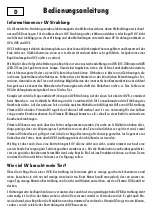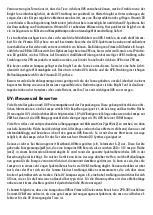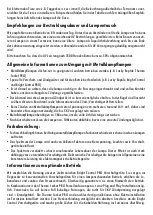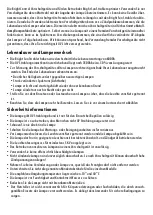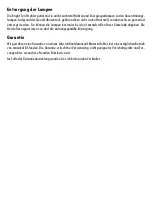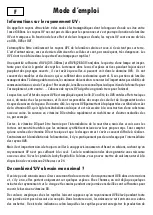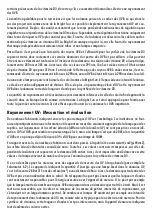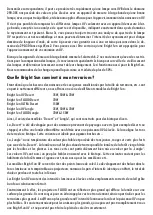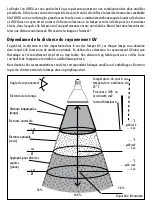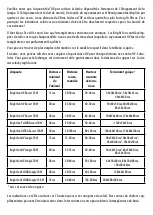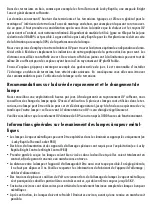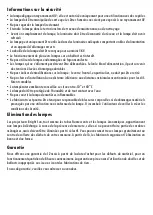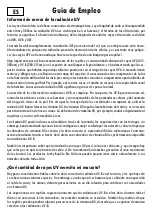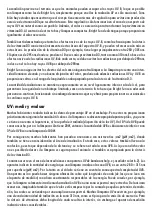
vitamin D3 heat is also necessary. This is a strong point for the Bright Sun as it is supplying the necessary
heat radiation unlike tubes or compact fluorescent lamps.
It is also proven that the harmfulness of UVB radiation as well as the effectiveness for vitamin D3 synthesis
is limited to certain ranges of the UVB spectrum and certain wavelengths are much more effective than
others. The forming of vitamin D3 mainly occurs between 280 and 305 nm. The optimum is at about 295
nm where 10 times more pre-vitamin D3 is formed than at 310 nm. Due to the dangerous effects of short
wavelengths UVB radiation below 290 nm should be avoided. Natural sunlight does not contain UVB below
290 nm.
The Bright Sun simulates the sun like no other lamp. It has a high light intensity and good heat emissions.
In addition there are high UVA contents and UVB radiation in the right part of the spectrum for the vitamin
D3 synthesis.
We have deliberately limited the UV performance to a lower level as that of natural sunlight as we want to
maintain high safety for the animals in a limited environment like a vivarium. This makes the Bright Sun
save and efficient for providing your animals with the right UVB and allows its use as all day lamp.
UV: Measurement and Assessment
A lot of manufacturers are still advertising UV percentage values on their packaging. These offer no practi
-
cal hint if a lamp is suitable for reptiles as it does not consider the wattage and illuminated area (diffusion
of UV light). 10% UVB might sound like a lot but if the lamp only has 20W, the UV output is still lower than
with a 100W lamp that only has 3% UVB.
Several manufacturers therefore started to give out performance figures in Microwatt/cm2 (µW/cm2) which
consider the illuminated area. However, these values can also be misleading as they are highly dependent
on the distance to the lamp and only consider the full UVB spectrum. They can therefore not indicate if the
lamp has save UVB radiation for animals and will allow it synthesize its own vitamin D3, as for this only
certain wavelengths are important.
The situation is quite similar when using broadband UV measurement devices like the Solarmeter 6.2. These
devices show the energy of a lamp in µW/cm2 in the whole UVB spectrum from 280 to 315 nm at a certain di-
stance. The result is shown for the complete UVB spectrum and it is not possible to know which wavelengths
actually are more or less powerful. It is therefore possible that a lamp emits a high amount of energy but
only in a very narrow part of the spectrum. It might also be that the energy is distributed over several wave-
lengths and the energy for the single wavelengths is quite low and only because everything is combined
you get a high reading. A lot of UV lamps show a high output at 313 which is typical for the emissions of
mercury. This wavelength is not relevant for the vitamin D3 synthesis but a broadband UV meter will show
a high value which can be misleading!
It is easily possible that a lamp without any significant radiation in the wavelengths from 290-305 nm shows
higher values with a broadband UV meter than a good lamp with even spectrum which is many times more
effective and safe for UV provision of your animals.
Comparing different UV lamps only by using a broadband UV meter is not possible unless a reliable spectral
analysis is available as well which can indicate in which areas of the spectrum UV is emitted. Of course you
will find a spectral analysis on the packaging of all our UV products as we have the right measurement de
-
vices to analyse lamps in every part of the UVB spectrum. This allows us to guarantee a certain performance
in the area of 290-305 nm which puts you on the safe side that a Bright Sun is suitable for providing your


